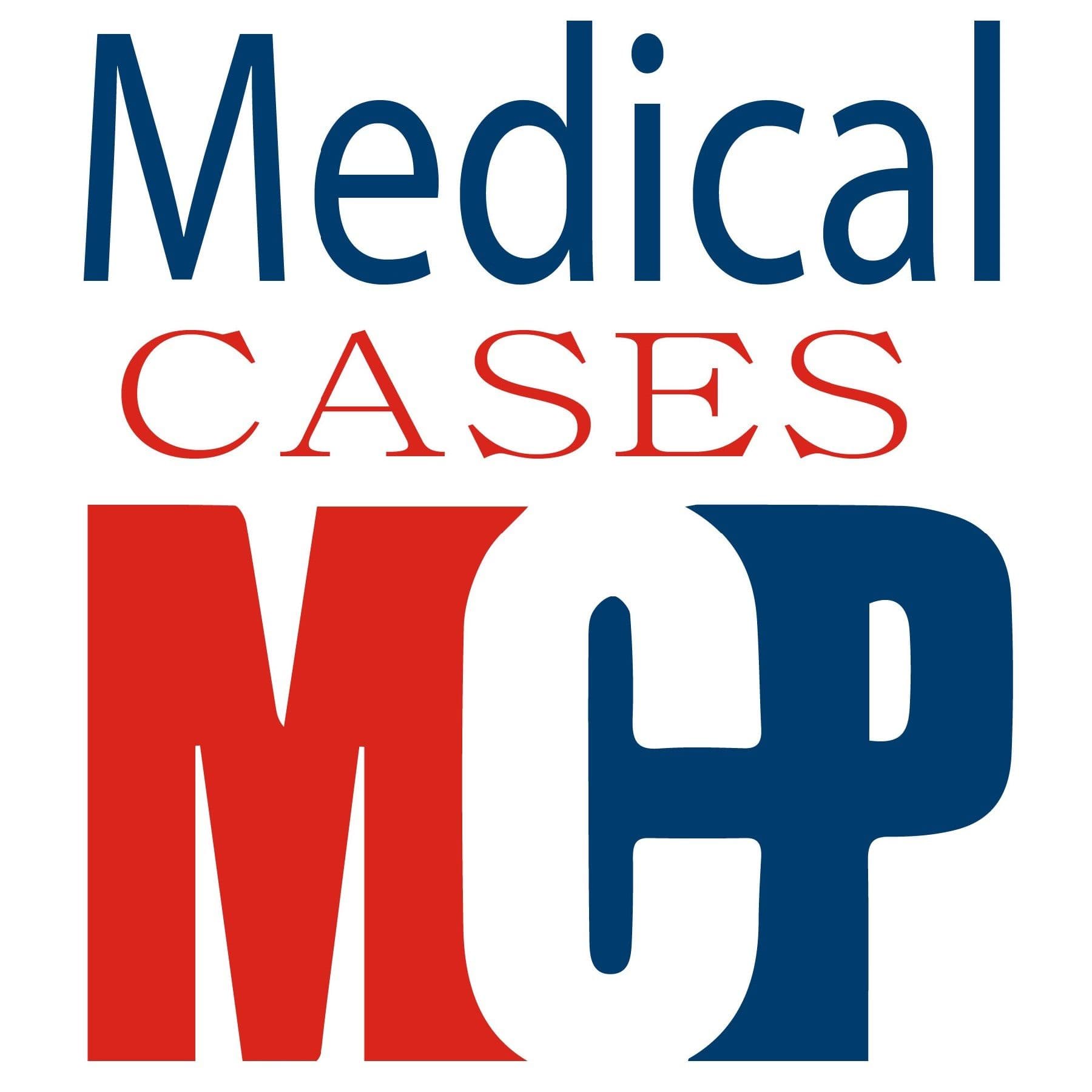Miscellaneous
Show notes at www.medicalcasespodcast.libsyn.com. Remember in medical school when you were taught to treat the patient and not the numbers? It sounded so good, right? So why are we so aggressive with treating fever in patients with sepsis? This episode reviews the article "Acetaminophen for Fever in Critically Ill Patients with Suspected Infection". Bottom line: for septic patients with fever, you can use acetaminophen to treat symptoms but there is no mortality benefit. Furthermore, if patients are persistently tachycardic despite adequate resuscitation and all other causes of tachycardia have been ruled out there is no harm in giving acetaminophen to control fever/ tachycardia. Background: acetaminophen is often used to control fever in patients with suspected infection in the ICU - there is little data to suggest that this is beneficial. Population: 700 ICU patients with fever (temp ≥38°C) and suspected source of infection Design: Multi-center, prospective, parallel-group, blinded, randomized, controlled trial. Intervention: 1 gm IV acetaminophen Q6H until 1) ICU discharge, 2) Resolution of fever, 3) Cessation of antimicrobial therapy OR 4) Death Control: Placebo Q6H Results: Primary Outcome - No difference in ICU free days to day 28. Secondary Outcome - No significant differences between the acetaminophen group and the placebo group with respect to mortality at day 28 or at day 90 It should be noted that acetaminophen WAS associated with a shorter ICU stay among survivors but a LONGER stay among non-survivors. Acetaminophen has a low chance of harming your patient but it is clear that there is no pressing medical indication (other than discomfort) to treat mild fever in sepsis. Keep in mind that we are talking about fever in suspected infection. There are many other cases where temperature management of some sort IS indicated. This is often acheived through medications or external cooling. Examples include: Neuroleptic malignant syndrome Serotonin syndrome Environmental exposure like heat exhaustion and heat stroke Post cardiac arrest - 33℃ vs 36℃ Malignant hyperthermia Anticholinergic toxidrome Brain trauma. Premies with Hypoxic-Ischemic Encephalopathy From the article - Young, Paul, Manoj Saxena, and Rinaldo Bellomo. "Acetaminophen for Fever in Critically Ill Patients with Suspected Infection." New England Journal of Medicine N Engl J Med 373.23 (2015): 2215-224.

